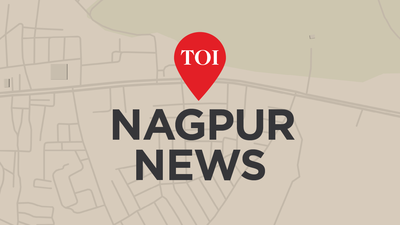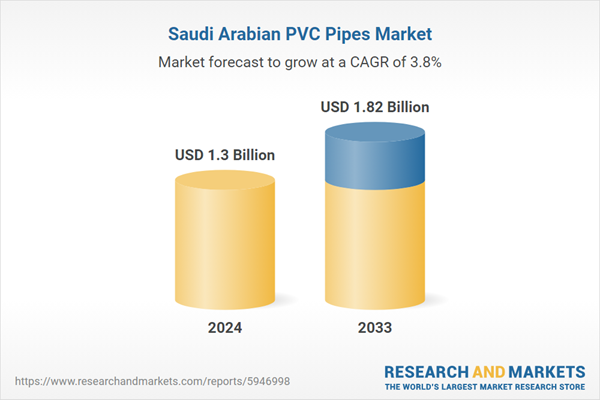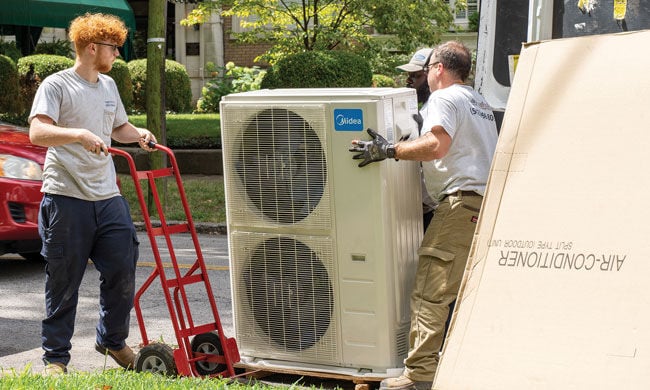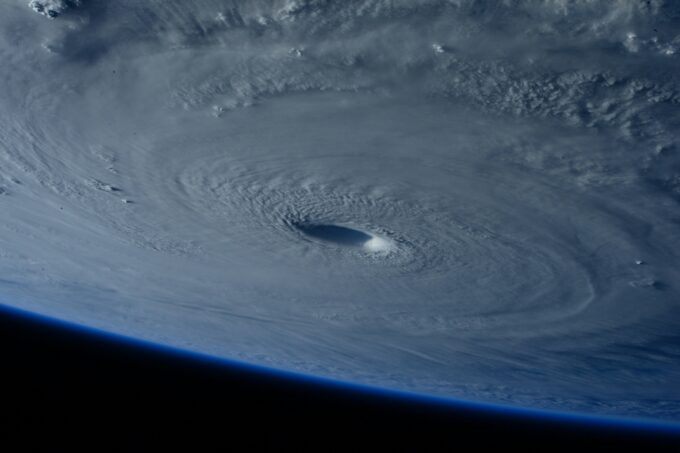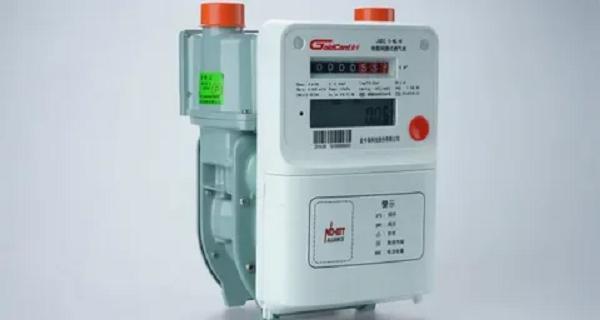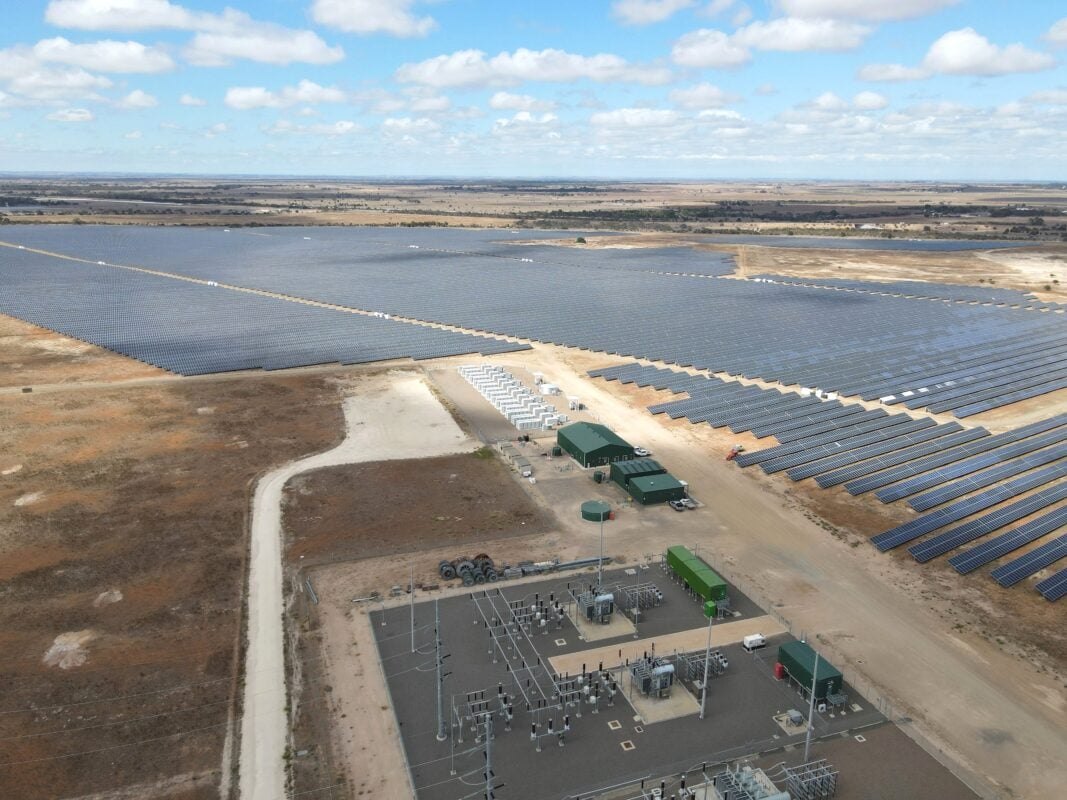A fuzzy logic based energy management model for solar PV-wind standalone with battery storage system – Nature

Report on Fuzzy Logic-Based Energy Management for Hybrid Renewable Energy Systems in Off-Grid Healthcare Facilities
Abstract
Reliable electricity access is crucial for quality healthcare delivery, particularly in off-grid rural health facilities such as those in Kalangala, Uganda. Traditional reliance on diesel generators leads to frequent power outages and high operational costs, undermining healthcare services and contributing to environmental pollution. This report presents a fuzzy logic-based energy management system (FLC-EMS) designed to optimize power flow in a hybrid renewable energy system (HRES) combining solar photovoltaics (PV), wind turbines (WT), and battery storage. The system, modeled in MATLAB/Simulink with 27 fuzzy IF–THEN rules, dynamically prioritizes renewable energy sources based on real-time load demand, renewable availability, and battery state-of-charge (SOC). Simulation results demonstrate continuous power supply during peak demand periods, achieving a Levelized Cost of Electricity (LCOE) of $0.281 and Net Present Cost (NPC) of $269,246 over 20 years. Compared to diesel-based systems, the FLC-EMS reduces operational costs by 11.87–18.7% and significantly lowers carbon emissions, supporting Sustainable Development Goals (SDGs) 3 (Good Health and Well-being) and 7 (Affordable and Clean Energy). The system’s adaptability and scalability offer a sustainable solution for rural electrification of healthcare facilities.
Introduction
Energy Access in Healthcare Facilities in Sub-Saharan Africa
Electricity is a key driver of economic growth and healthcare quality. However, many healthcare facilities in sub-Saharan Africa lack reliable power, with only 34% of hospitals reporting consistent electricity access. Rural off-grid facilities often depend on diesel generators, which are costly, unreliable, and environmentally harmful. This situation adversely affects essential medical services such as vaccine refrigeration and emergency care, increasing mortality rates.
Decentralized renewable energy solutions, particularly solar PV and hybrid systems, are advocated to address these challenges. These solutions align with SDG 7 by promoting affordable and clean energy and SDG 3 by enabling improved healthcare delivery. Proper management of energy storage and system sustainability is critical to avoid environmental risks associated with battery disposal.
Hybrid Renewable Energy Systems for Off-Grid Applications
Hybrid Renewable Energy Systems (HRES), integrating solar PV, wind turbines, and battery storage, provide reliable and continuous power in remote areas. Energy Storage Systems (ESS) enhance grid stability and load-following capabilities but face cost and lifespan challenges. HRES reduce carbon emissions and dependence on diesel generators, contributing to SDG 13 (Climate Action).
Advanced Energy Management Systems (EMS) are essential for optimizing HRES performance, ensuring efficient power delivery, and minimizing operational costs.
AI-Based Control Approaches for Microgrid Optimization
Artificial Intelligence (AI) techniques such as Artificial Neural Networks (ANNs) and Reinforcement Learning (RL) have been explored for microgrid optimization. These methods improve cost efficiency and energy consumption but require extensive data and computational resources, limiting their applicability in data-scarce off-grid healthcare settings.
Fuzzy Logic-Based Control in Microgrid Applications
Fuzzy Logic Control (FLC) offers a computationally efficient and adaptable alternative for EMS in hybrid renewable systems. FLC manages uncertainties and nonlinearities inherent in renewable energy sources, improving system reliability and sustainability. Previous studies demonstrate FLC’s effectiveness in optimizing power flow, battery usage, and reducing energy costs.
This study develops a FLC-EMS tailored for off-grid healthcare facilities in Kalangala District, Uganda, integrating solar PV, wind turbines, and battery storage to ensure reliable and cost-effective power supply. The approach supports SDG 3 by enhancing healthcare service delivery and SDG 7 by promoting sustainable energy access.
Methodology
Proposed Energy Management System
The hybrid renewable energy system integrates solar PV and wind turbines to supply DC and AC loads, managed by a fuzzy logic controller implemented in MATLAB/Simulink. The system architecture includes converters and a centralized charge controller to regulate energy storage and distribution, ensuring flexibility, reliability, and sustainability.
Assessment of Energy Demand Profile
Kalangala Health Centre IV’s energy demand was assessed through direct measurements and estimations, capturing appliance usage and load patterns essential for system design. This assessment aligns with SDG 3 by ensuring energy provision meets healthcare operational needs.
Meteorological Data
Hourly solar irradiation and wind speed data were obtained from NASA’s database, informing renewable energy generation modeling. These data support the optimization of renewable resource utilization, contributing to SDG 7.
Energy Management Control Strategy
The FLC-EMS dynamically manages power distribution among solar PV, wind turbines, and battery storage based on real-time inputs: load demand, renewable generation, and battery SOC. The system prioritizes renewable energy use, optimizes battery charging/discharging, and implements load-shedding when necessary to maintain critical healthcare operations. This strategy enhances energy reliability and sustainability, supporting SDGs 3 and 7.
System Modeling
- Solar PV Modeling: Mathematical modeling of solar PV output based on irradiance and system efficiency.
- Wind Modeling: Wind turbine power output modeled considering wind speed variability and turbine characteristics.
- Battery Modeling: Battery capacity and charge-discharge dynamics modeled to optimize energy storage and extend lifespan.
Cost Modeling
Levelized Cost of Energy (LCOE) and Net Present Cost (NPC) were calculated using investment, operation, maintenance, and fuel costs over the system lifespan. Economic parameters were selected to reflect regional financing conditions, ensuring realistic assessment aligned with SDG 8 (Decent Work and Economic Growth).
Fuzzy Logic Controller Design
- Triangular membership functions categorize inputs (load demand, solar output, wind availability, battery SOC) into Low, Medium, and High levels.
- 27 fuzzy IF–THEN rules govern energy source prioritization and switching logic to maximize renewable use and maintain battery health.
- Defuzzification using the centroid of area method translates fuzzy decisions into precise control signals.
- The controller ensures continuous power supply, cost reduction, and emission minimization, promoting SDGs 3, 7, and 13.
Results and Discussion
Load Estimation
Analysis of Kalangala Health Centre IV’s energy consumption revealed peak demands at 9:00 AM and 7:00 PM on weekdays, with lower and stable loads on weekends. Understanding these patterns is vital for optimizing renewable energy integration and ensuring uninterrupted healthcare services (SDG 3).
Simulation Results of Fuzzy Logic Control
Case 1: Solar-Battery Hybrid System
The system prioritizes solar power during peak irradiance, with the battery supplementing supply during low solar periods. This hybrid approach enhances energy self-consumption and reliability.
Case 2: Wind-Battery Hybrid System
Wind energy serves as the primary source when available, with battery storage compensating for wind variability. The system demonstrates adaptive load-following control to maintain supply stability.
Case 3: Solar–Wind–Battery Integrated System
The full hybrid system dynamically balances solar, wind, and battery inputs, achieving near-continuous power supply and high reliability. The fuzzy logic controller effectively manages source prioritization and load demands, reducing reliance on diesel generators and supporting environmental sustainability (SDG 13).
Quantitative Performance Comparison
| Configuration | Energy Demand Met (%) | Unmet Load (kWh/day) | Energy Loss (%) | Battery SOC Range (%) | Reliability |
|---|---|---|---|---|---|
| Solar + Battery | 94.5 | 10.0 | 4.5 | 32 – 85 | High |
| Wind + Battery | 91.2 | 16.0 | 9.5 | 30 – 80 | Moderate |
| Solar + Wind + Battery | 99.7 | 0.5 | 3.2 | 35 – 88 | Very High |
Economic Analysis
- The wind turbine-only system is most cost-effective with an LCOE of $0.0243/kWh and NPC of $11,891.
- The hybrid PV-WT-Battery system achieves an LCOE of $0.281/kWh and NPC of $269,246, balancing cost and reliability.
- Compared to diesel generator systems (LCOE $0.520/kWh, NPC $690,227), the hybrid system reduces operational costs by 11.87–18.7% and lowers carbon emissions by 4.2 tons annually, supporting SDGs 7 and 13.
- The system meets WHO and SEforALL energy access standards for healthcare facilities, ensuring continuous power for critical medical services (SDG 3).
Comparison with Existing Literature
The proposed system demonstrates competitive performance in terms of cost and reliability compared to similar renewable energy configurations globally and regionally. Its design prioritizes uninterrupted power supply critical for healthcare, aligning with SDG 3 and SDG 7 objectives.
Conclusion
This study validates the effectiveness of a fuzzy logic-based energy management system in optimizing hybrid solar PV-wind-battery microgrids for off-grid healthcare facilities. The FLC-EMS ensures continuous, reliable power supply, reduces operational costs, and minimizes environmental impact, contributing directly to Sustainable Development Goals:
- SDG 3: Enhances healthcare delivery by ensuring uninterrupted electricity for essential medical services.
- SDG 7: Promotes affordable, reliable, sustainable, and modern energy access through renewable integration.
- SDG 13: Reduces carbon emissions by decreasing reliance on diesel generators.
Future research should focus on real-world deployment, integration of machine learning for predictive control, and scalability assessments to extend benefits to broader off-grid healthcare infrastructure.
Recommendations and Future Research
- Implement real-time energy monitoring and demand-side management to optimize power allocation and efficiency.
- Expand renewable energy integration in off-grid healthcare facilities to ensure sustainable and reliable electricity supply.
- Explore additional renewable sources such as biogas or small-scale hydro to diversify energy mix and enhance system resilience.
- Validate fuzzy logic controllers through field deployment and incorporate AI techniques for adaptive and predictive energy management.
- Assess long-term economic feasibility and scalability across multiple healthcare centers to support policy and investment decisions aligned with SDGs.
- Investigate hybrid optimization methods combining fuzzy logic and reinforcement learning to improve control strategies under variable conditions.
- Explore integration with national grids and resilience to climate variability, including dynamic pricing and demand response mechanisms.
Data Availability
The datasets used and analyzed during this study are available from the corresponding authors upon reasonable request.
1. Sustainable Development Goals (SDGs) Addressed in the Article
- SDG 3: Good Health and Well-being
- The article emphasizes the importance of reliable electricity access for quality healthcare delivery in off-grid rural health facilities, which directly supports SDG 3 focused on ensuring healthy lives and promoting well-being for all at all ages.
- It highlights improved healthcare services such as vaccine refrigeration, emergency procedures, and life-support systems enabled by stable power supply.
- SDG 7: Affordable and Clean Energy
- The study focuses on providing reliable, affordable, and sustainable energy access through hybrid renewable energy systems (solar PV, wind turbines, and battery storage) for off-grid healthcare facilities.
- This aligns with SDG 7’s goal to ensure access to affordable, reliable, sustainable, and modern energy for all.
- SDG 13: Climate Action
- The article discusses reducing carbon emissions by replacing diesel generators with renewable energy sources, contributing to climate change mitigation efforts under SDG 13.
2. Specific Targets Under the Identified SDGs
- Under SDG 3: Good Health and Well-being
- Target 3.8: Achieve universal health coverage, including access to quality essential health-care services.
- Target 3.d: Strengthen the capacity of all countries for early warning, risk reduction, and management of national and global health risks, which includes reliable healthcare infrastructure supported by electricity.
- Under SDG 7: Affordable and Clean Energy
- Target 7.1: By 2030, ensure universal access to affordable, reliable, and modern energy services.
- Target 7.2: Increase substantially the share of renewable energy in the global energy mix.
- Target 7.3: Double the global rate of improvement in energy efficiency.
- Under SDG 13: Climate Action
- Target 13.2: Integrate climate change measures into national policies, strategies, and planning, including reducing greenhouse gas emissions from energy generation.
3. Indicators Mentioned or Implied to Measure Progress
- Indicators Related to SDG 3
- Percentage of healthcare facilities with reliable electricity access (implied by the discussion of power outages and continuous power supply).
- Availability of essential medical services supported by electricity, such as vaccine refrigeration and emergency procedures.
- Indicators Related to SDG 7
- Proportion of population with access to electricity (implied through off-grid electrification efforts).
- Levelized Cost of Electricity (LCOE) as a measure of affordability and cost-effectiveness of energy supply.
- Percentage of energy generated from renewable sources (solar PV and wind contributions in the hybrid system).
- Reliability metrics such as load coverage reliability (e.g., 99.7% reliability achieved by the hybrid system).
- Indicators Related to SDG 13
- Annual carbon emissions reduction (e.g., 4.2 tons of CO2 emissions avoided annually by replacing diesel generators).
- Reduction in operational costs associated with fossil fuel use, reflecting environmental and economic sustainability.
4. Table of SDGs, Targets, and Indicators
| SDGs | Targets | Indicators |
|---|---|---|
| SDG 3: Good Health and Well-being |
|
|
| SDG 7: Affordable and Clean Energy |
|
|
| SDG 13: Climate Action |
|
|
Source: nature.com

What is Your Reaction?
 Like
0
Like
0
 Dislike
0
Dislike
0
 Love
0
Love
0
 Funny
0
Funny
0
 Angry
0
Angry
0
 Sad
0
Sad
0
 Wow
0
Wow
0










